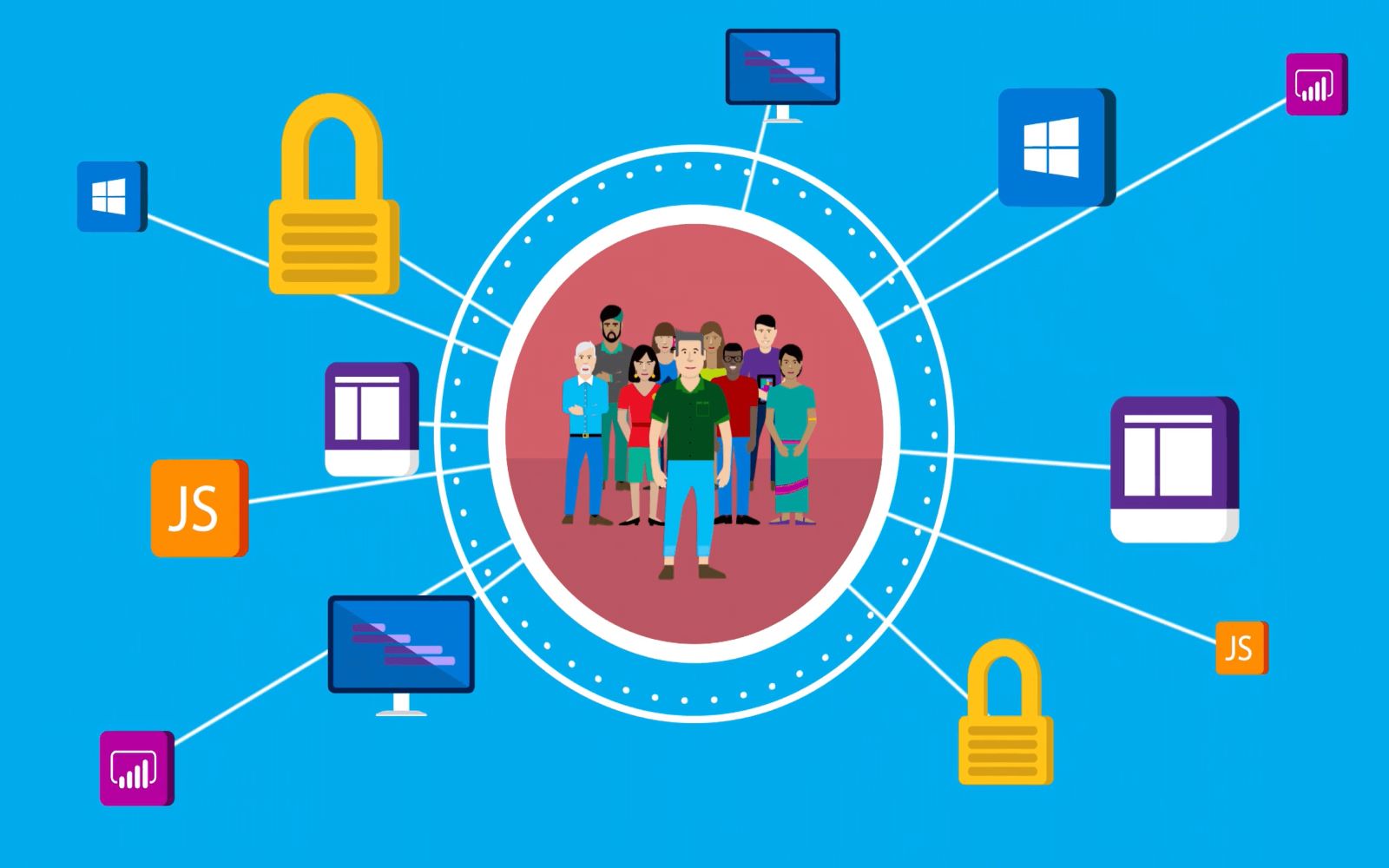This certification validates your basic knowledge of cloud services and how those services are provided with Azure. Candidates should be able to demonstrate a fundamental knowledge of cloud concepts, along with Azure services, workloads, security, privacy, pricing, and support.
Microsoft Azure Training Library is the database for learning paths, courses, quizzes, and labs, with training provided by field experts to educate IT professionals and give them the confidence they need to learn Microsoft Azure and improve their skills. See all. Learning paths. Courses.
Microsoft Azure, formerly known as Windows Azure, is Microsoft's public cloud computing platform. It provides a range of cloud services, including compute, analytics, storage and networking..

Azure is also commonly used as a platform for hosting databases in the cloud. Microsoft offers serverless relational databases such as Azure SQL and non-relational databases such as NoSQL. In addition, the platform is frequently used for backup and disaster recovery.
Azure is a public cloud computing platform—with solutions including Infrastructure as a Service (IaaS), Platform as a Service (PaaS), and Software as a Service (SaaS) that can be used for services such as analytics, virtual computing, storage, networking, and much more.
Azure Developer is one who creates cloud-based applications making use of the benefits of the cloud architecture. If you are proficient in testing, security, development, and deployment, then a career in Azure development is somewhere you will fit in well.
When most people think of speed and the cloud, they consider things like ping rates, jitter, lag, and so on. Microsoft Azure’s definition of speed is something else entirely, but they do put an emphasis on placing data centers worldwide to give users the best chance of getting their data when they need it.
One of the key benefits of using Azure is the way it shines in the flexibility department with its simplified scalability. Accessing more resources requires only a simple click to upgrade service levels, and companies are free to reduce these higher service levels when they no longer need the extra storage, computing, or support..
Whether you need a more sophisticated approach to data backups or you want to keep downtime to a minimum, Microsoft Azure’s disaster recovery tools are worth checking out. But how do they work? In short, Azure has some of the leading encryption features in the industry, helping you to stay compliant and improving your continuity plan in case something does go wrong.